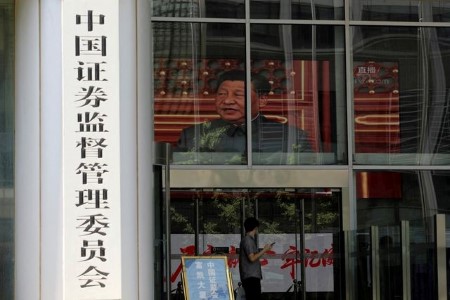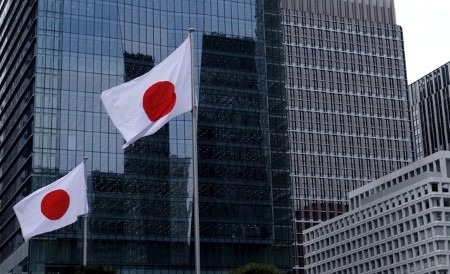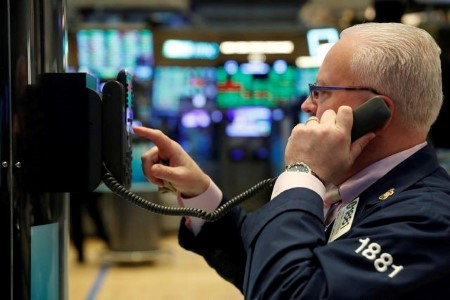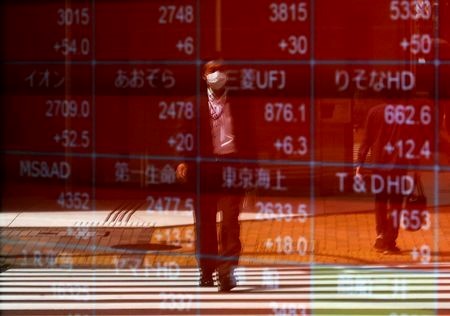SHANGHAI/SINGAPORE Nov 9 – China’s securities watchdog is asking brokerages to restrict leverage available to hedge funds that borrow large sums of money via a complex derivative business to trade stocks, three sources told Reuters.
Hedge funds using the so-called DMA-Swap strategy were told by their brokers late on Wednesday to start limiting leveraged bets, two sources who received notices from regulators said.
A source at one of China’s big brokerages confirmed the guidance, citing regulators’ concern over market risks.
Through the DMA-Swap, hedge funds can borrow up to USD 4 against every USD 1 they deposit with the broker in the margin account, while also skirting regulatory borrowing limits by having such trades sit on brokers’ books.
The new restrictions come after China’s securities watchdog vowed to strengthen supervision and prevent risks in a volatile stock market.
Yi Huiman, chairman of the China Securities Regulatory Commission (CSRC) told a conference on Wednesday that regulators would “strictly guard against excessive leverage, and gradually reduce the size of leveraged trades to a reasonable level.”
The CSRC did not reply to a request from Reuters for comment.
Sources told Reuters in September that regulators were probing brokerages for data around the DMA-Swap business.
Hedge fund managers received notices from their brokerages after trading closed on Wednesday asking them to cap their DMA-Swap business at current levels, two sources said.
A brokerage source said that the new guidance effectively prevents the expansion of the DMA-Swap business, which Chinese media says has grown to roughly 400 billion yuan (USD 54.94 billion).
In a typical deal, hedge funds deploying long-short equity strategies buy shares and sell stock index futures with borrowed money through DMA. The swap, wherein funds get to reap gains from the trade, while brokers earn interest, sits on the books of brokerages.
The business has been popular as annualized returns of some DMA-Swap products exceed 150%, an eye-popping contrast to a domestic stock market struggling to steady in a wobbly economic backdrop.
Those returns have spurred a social media outcry against funds profiting from bleak market conditions.
Analysts have cautioned that a combination of heavy leverage and sudden, unexpected market movements could burn investors, hurt brokerages, and trigger market disorder.
CSRC Chairman Yi on Wednesday attributed previous market crises – including China’s 2015 stock market crash – to leverage getting out of control.
“Only by putting leverage under control, can we ensure market stability over the long term”, he said.
(USD 1 = 7.2809 Chinese yuan renminbi)
(Reporting by Shanghai newsroom; Editing by Vidya Ranganathan & Simon Cameron-Moore)







 DOWNLOAD
DOWNLOAD











